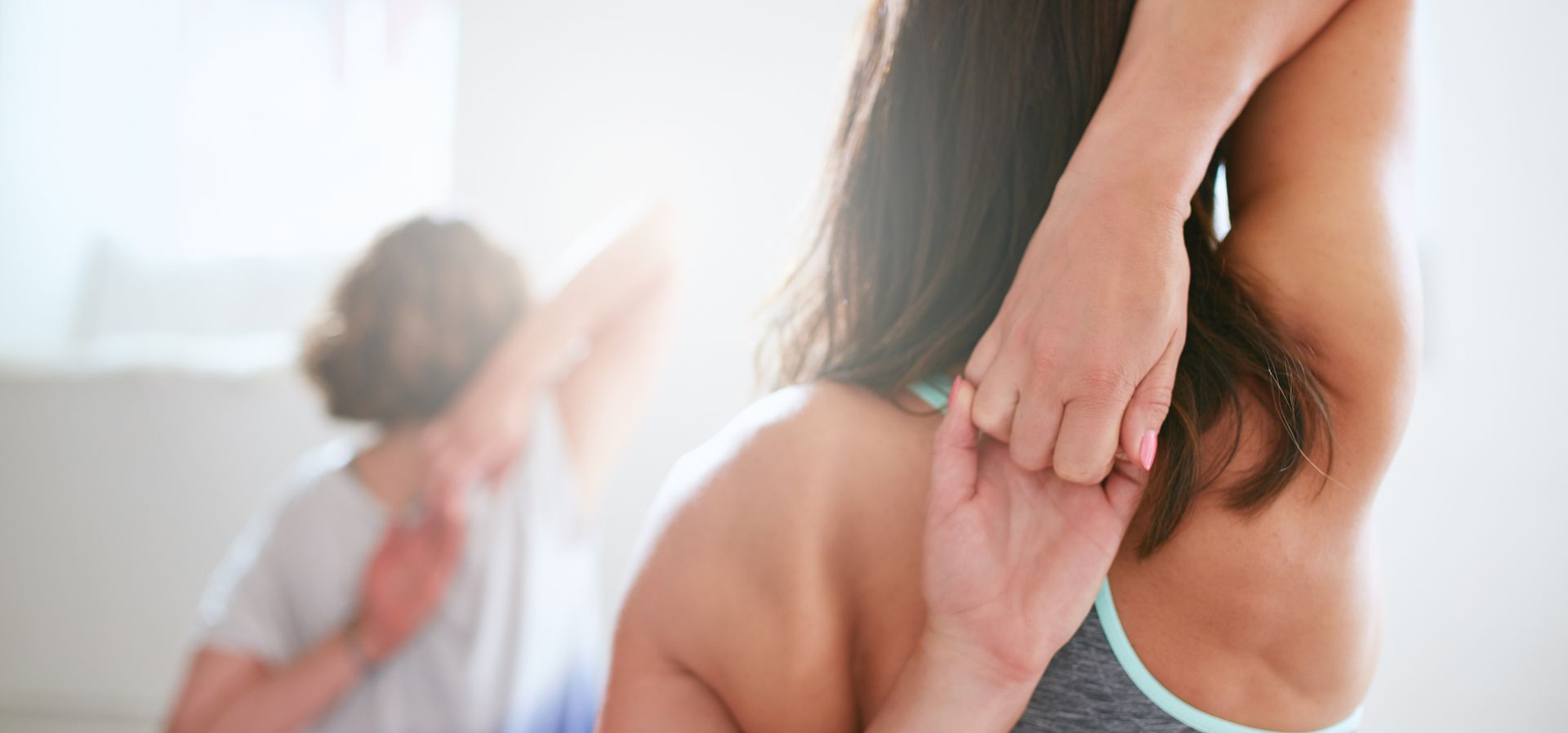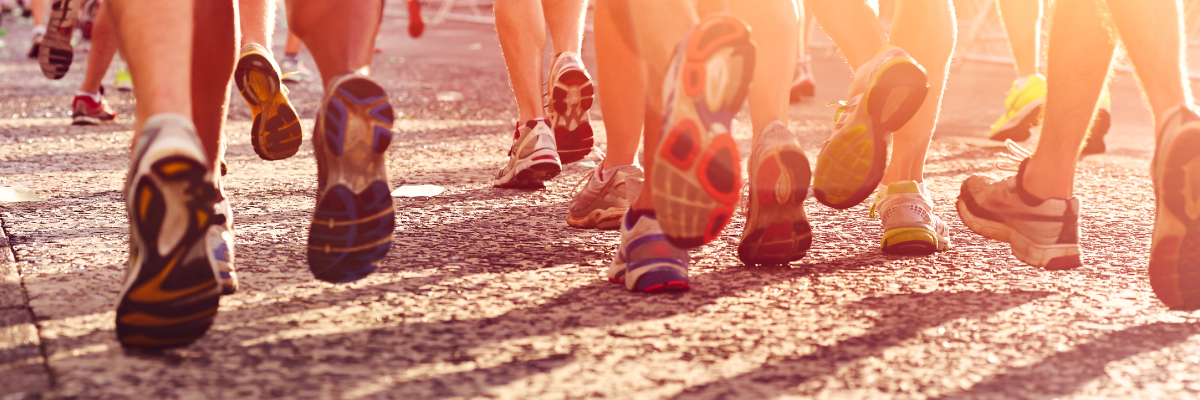10333 E. 21st N. #406 | Wichita, KS 67206 Phone: 316-630-9944
Physical Therapy for Knee Pain
Did you make New Year’s resolutions to start working out and get fit? Do you want to get in shape for spring cleaning or summer fun? Have you noticed any knee pain or stiffness, popping around your kneecap, a giving way sensation when walking, squatting or climbing stairs? What about pain with kneeling, lifting or carrying?
Women and girls often experience knee problems, especially knee pain and pain around the kneecap. Another common name for this is chondromalacia patellae.
Anatomically, women may be more susceptible to knee problems than men because the female pelvis is wider than the male pelvis, increasing the angle from the hip to the knee. This is called the “Q angle,” and it can affect the angle between the knee joint and the lower leg. If the “Q angle” is large, there may be increased stress across the kneecap and the knee joint, resulting in knee pain, kneecap tracking and alignment problems.
Women who are bowlegged or knock-kneed often have inner or outer knee pain, pain around the kneecap or cartilage injuries.
Women also tend to have more ligament laxity in their joints than men, which may lead to a higher incidence of injuries like medical collateral ligament (MCL) and anterior cruciate ligament (ACL) strains or tears, especially in female athletes. Hormonal changes through the month can also play a role in the laxity of ligaments.
Other contributing causes of knee pain include:
- Loose ankle and foot ligaments and joints
- Flat feet
- Muscle imbalances between the muscles on the front of the thigh and the back of the thigh
- Tight Achilles tendons
- Inflexibility of the calf muscles
Physical therapy can alleviate or prevent knee pain in women and girls with the following interventions:
- Education in proper stretching of short, tight muscles
- Strengthening of weak muscles
- Functional activities to improve muscle performance and balance between muscle groups
- Proper warm up and cool down for exercise and sports
- Education in joint protection techniques and injury prevention for daily activities and sports
- Sport performance enhancement activities
- Foot orthotics to improve joint alignment and function
- Taping or bracing for functional activities or sports
Basic stretching exercises that address the knee specifically and may offer immediate relief from pain or muscle soreness include:
- Quadriceps stretch for the front of the thigh and knee
- Hamstring stretch for the back of the thigh and knee
- Calf stretch for the back of the knee and lower leg
To achieve the best benefit from stretching, a Palmer Physical Therapy for Women female physical therapist will help you move gradually into the position until a minimal to moderate pulling sensation is felt, and then stop and maintain that position without bouncing for 10-20 seconds. After a few seconds rest, the stretch will be repeated three or four times.
Stretching with the physical therapist and at home on your own should not be forceful and should not cause pain. If you feel pain, you may be too aggressive with the stretch and need to back off the stretch. A few well-done stretches will give you better therapeutic benefit than many poorly done exercises.
If you have knee pain or pain around the kneecap, you might be a candidate for physical therapy. A skilled female physical therapist at Palmer Physical Therapy for Women with expertise in working with women and female athletes can provide a comprehensive evaluation and assessment of your condition.
Ann Sundgren, PT
Palmer Physical Therapy for Women



Proven results,
best outcomes for your money.
Palmer Physical Therapy for Women
10333 E. 21st N. #406 | Wichita, KS 67206
Phone: 316-630-9944